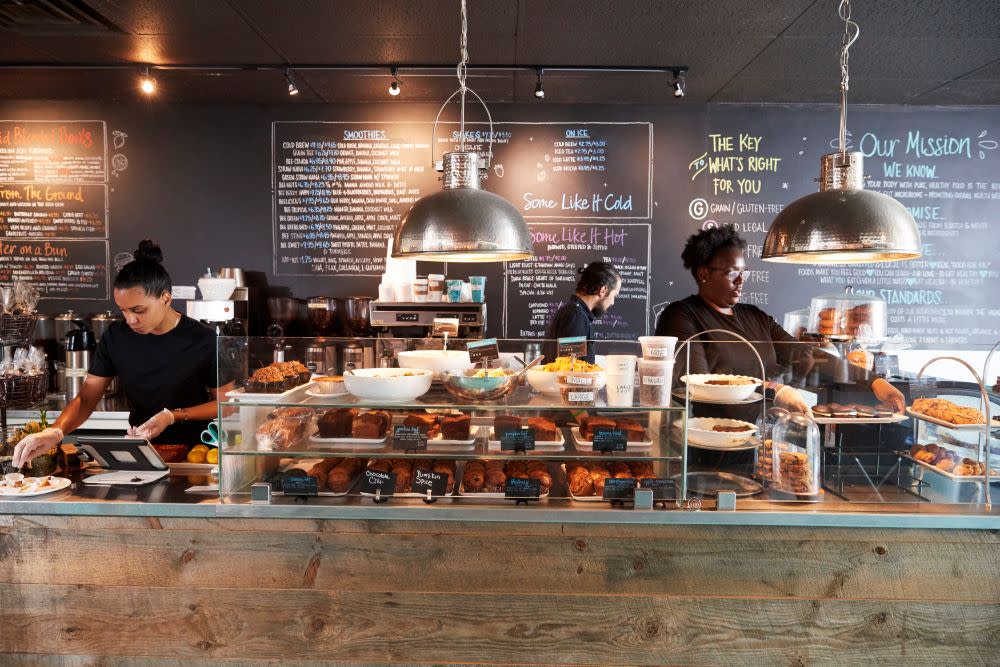Find new ways to lower costs and reduce your carbon footprint
Your first steps towards a brighter, greener future
Becoming more energy efficient is a simple way to help your business lower costs, reduce your carbon footprint and attract new, eco-conscious customers. And when your efficiency strategy enhances working conditions, it can boost staff well-being and increase productivity.
Take a look at our downloadable guide to see how making a few simple changes can make a big difference to your business’s energy efficiency.
So where should you begin? Getting a smart meter can help you identify the parts of your business that use the most energy. Once you understand that, you can work out how to use less energy, lower your energy bills, and reduce your carbon footprint. You may also find the Green Business Directory helpful in sourcing accredited Carbon Trust suppliers and installers.
To get you started, we’ve assembled tips and advice tailored by sector. Can’t see your sector? Not to worry – some of the tips you’ll find in the other sections could still help you lower your energy consumption.
Sector specific advice for small businesses with smart meters
Energy efficiency in catering and food preparation
In the catering industry, energy typically accounts for 4-6% of operating costs. And in a sector with high overheads and narrow margins, any energy savings made can have a big impact on your bottom line.
Some kitchens waste up to 60% of their energy, but without a smart meter, you won’t know where to direct your attention. So here are some tips on improving energy efficiency in catering and preparation to help you achieve some potentially large efficiency savings.
Cooking equipment
- Keep it simple – easy ways to save energy and money include turning off equipment straight after use and using lids to retain heat.
- Energy efficient equipment like induction hobs can be 15-50% more efficient than conventional appliances.
- Automatic switches that turn gas and electric hobs down or off when not in use typically save 5% of your kitchen’s cooking energy.
Refrigeration equipment
- Place your refrigeration equipment in the coolest part of your kitchen, away from cookers and ovens, to ensure it runs efficiently.
- Defrost your fridges and freezers regularly and avoid overfilling your appliances as they’ll have to work harder to maintain a low temperature.
- Minimise heat loss by installing self-closing devices on the doors of fridges, freezers and cool rooms.
Heating and hot water
- Don’t use ovens or hobs to warm the kitchen at the start of a shift – if your heating isn’t up to the job, fix it.
- Don’t heat your hot water excessively – the optimum temperature for stored hot water is 60°C or just above.
- Thermostatic radiator valves control the heat output of individual radiators automatically, lowering their heat output as the kitchen heats up during the shift.
Information sourced from the Carbon Trust – an independent body which helps organisations contribute to and benefit from a more sustainable future through carbon reduction, resource efficiency strategies and commercialising low carbon technologies.
